On-page optimization. How to go along with SEO rules?

Blog articles have to be useful and clear in order to meet the SEO rules. Content of the highest quality is required – a company can join an endless fight for high positions in search engines’ ranking. However, you can support your company in several ways while fighting. For this purpose, an optimization beyond the content is necessary. In the following article we discuss what should we do, so our article will obtain better SEO and higher positions in the rankings.
Articles and SEO content – features
Search engines display comprehensive content that responds to user’s questions in the clearest way. To achieve this, algorithms use keywords, domain credibility and… thousand of other factors!
SEO content creation may be summed up just in one sentence: search engines value quality, neither tricks, nor frauds. Content must be of the highest quality, so as to be displayed to users, who are hungry for knowledge.
Texts should be geared towards the user, not the search engine.
We have to mention that the on-page SEO does not make any sense whenever the article is inaccurate. Therefore, the text must be user-oriented, not search engine-driven. Long content and comprehensive information is necessary for texts to be optimally indexed by the algorithms.
On the other hand, there are also other factors – an interesting form counts too. In this aspect, the average time that users spend on the website is the measure (a high score proves the attractiveness and clarity of the presented text). SEO optimization is only a cherry on a specialized content top.
On-page SEO – what is it based on?
On-page SEO optimization involves performing non-writing activities that will improve the visibility of your text on the Internet
In the following overview, we will focus only on the on-page positioning (within the website itself), that you can do on your own using the content management system (CMS).
It does not matter if you run a blog via WordPress, or an online shop on SkyShop or PrestaShop – you can fully optimize your texts for SEO on every CMS.
Let’s assume that we have written great article – what now? The changes that we are going to make will not only affect Google’s algorithms, but also user’s comfort. It has influence positioning too.
„Read more” tag
This is a key activity that brings order to the main page of the blog.
Does your introduction contain main key phrases? If yes, the nit is a great way to promote your blog’s home page by stacking clear content. „Read more” is an arbitrary requirement that combines functionality and the attractive website appearance.
Featured image
It is one of the factors that is not required for SEO, but it can be helpful.
Adding images to article increases content attractiveness, as it become more visible and is better presented. It improve blog visual aspect too and increases the frequency of site visits. Additional configuration of alternative text will enable graphics visibility in the search engines.
Adding photos
It would be great if your content had at least one photo (in the middle of the article). Again, we can compete for visibility on Google Graphics by formulating an image Alt Text. What is more, a thematic photo that refers to the content is an astonishing visual enrichment that the reader will not overlook.
Meta-descriptions
Meta-descriptions and meta-title appear in the search results. Both are quite important elements, mostly because they encourage recipients to visit your website and make positioning more efficient. If not configured, the search engine will automatically fill the empty spaces with the content from the article.
Therefore, it is worth taking advantage of the possibility of editing meta-descriptions and arranging them, so they encourage users to visit your website – after all, they are the ones that fight your competition in order to catch recipients’ eyes.
Tags
Tags play their role in SEO positioning, but only if they are useful. The appropriate placement of tags makes website navigation more clear for the users – they will find content that interest them quite easily now.
For this reason, it is worth considering what tags are appropriate. A few good ones will bring much more benefits than hundred „quick ideas”.
Categories
As in the case of tags, properly sorted categories facilitate access to interesting that the reader is looking for. Principle that says to approach content strategically, not at random, is proven.
Links
Relevant links are the next element that makes website navigation easier. Properly performed internal linking is quite convenient component for the user – it enables easier navigation throught content that reader is interested in. This trick also affects positioning and increase website visibility.
Wikipedia is an example of website that has made it much easier to find content that interest us thanks to the internal linking.
Headers
It is often neglected, however, an incredibly important topic. Headers inform recipients (and the search engines) about content hierarchy and its structure.
We can choose headers in the range of Heading 1 – Heading 6 (H1-H6). H1 is the title, H2 corresponds to the key issues, H3 to the explanations of the issues, H4 to their expansions, etc. To put it simple, subheaders refer to the headers. An appropriate headings hierarchy facilitate readability and indicates to the search engines which keywords are the most important for us.
Applying paragraphs
Blocks of the texts makes readers tired. That is why you should avoid long paragraphs. Separating content is an easy way to increase the clarity of your article. It depends on the text, but it is recommended to write paragraphs that are 2-4 sentences long. Remember to maintain a logical continuity of the sentences and to keep separate threads. Thanks to this, it will go „straight down the line” for the user to read your article and makes your content structure more attractive.
Justified text
A detail that improves the visual aspect of the article by aligning all lines to the same length. When you see that your text become „fuzzy” and has too many spacing, you will already know it is affected by the invalid paragraphs formatting. In order to separate the individual paragraphs better, click Enter (without the Shift key).
Bold important sentences that contains key phrases
Bold texts tells users (and search engines as well) which words are the most important. This is a great way to promote key phrases and to increase the readability of the content by drawing attention to certain, particularly important parts of the content.
On-page SEO - FAQ
Absolutely – it takes a small amount of time, but significantly affects the results obtained.
Properly performed optimization increases the readability of the content. It has a positive effect on the article reception and gains higher positions in search engines ranking.
We have discussed useful and proven practices in our article, but as you probably know, there are also bad ones. Although, it will be more accurate to call them “out of date”. The common examples are: bolding the keywords only (which makes bolding lose its distinctive function) and text justification (words “explode” – it creates irregular spaces between them whenever the users view your text on devices with different resolutions).
Summary
- On-page optimization can be defined as small changes within the text. They affect the visual and functional aspect of the content.
- The information contained in the article is the decisive factor, however, performing additional optimization is always advisable to improve the results.
- It is recommended to perform optimization directly on the CMS system. Thanks to this the text is refined in the best way. Remember that not every action can be performed in the text file).






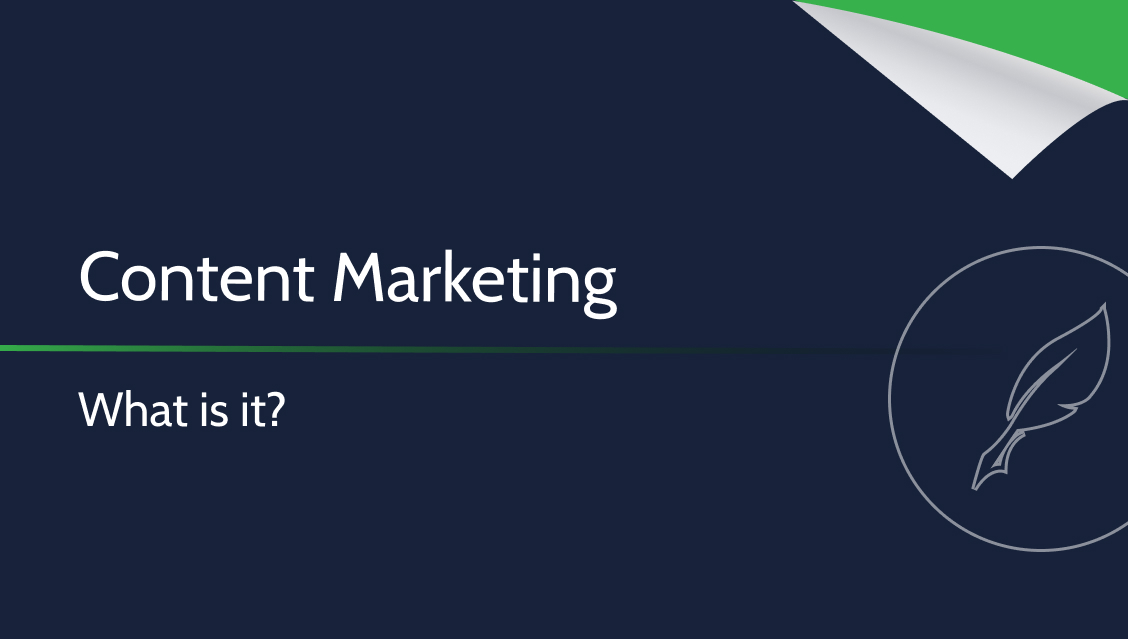

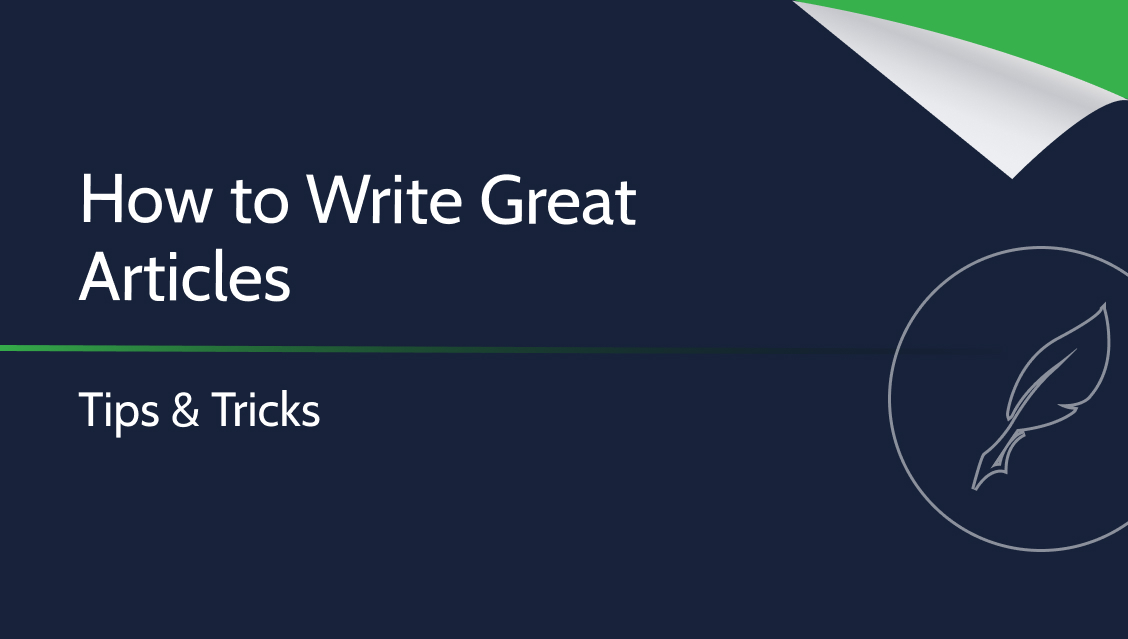
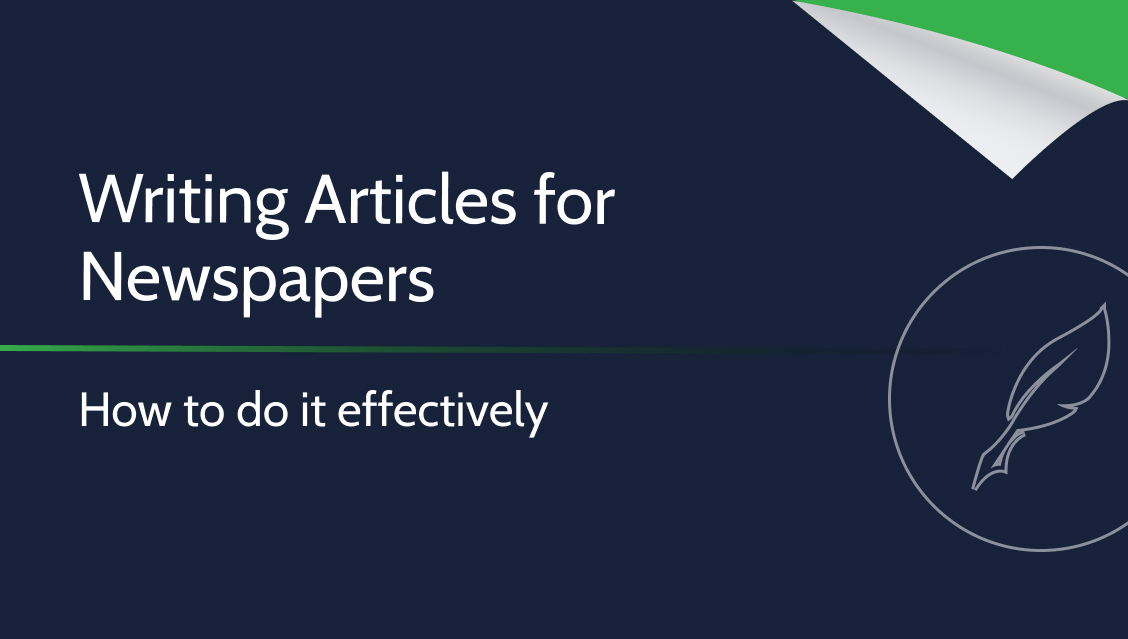
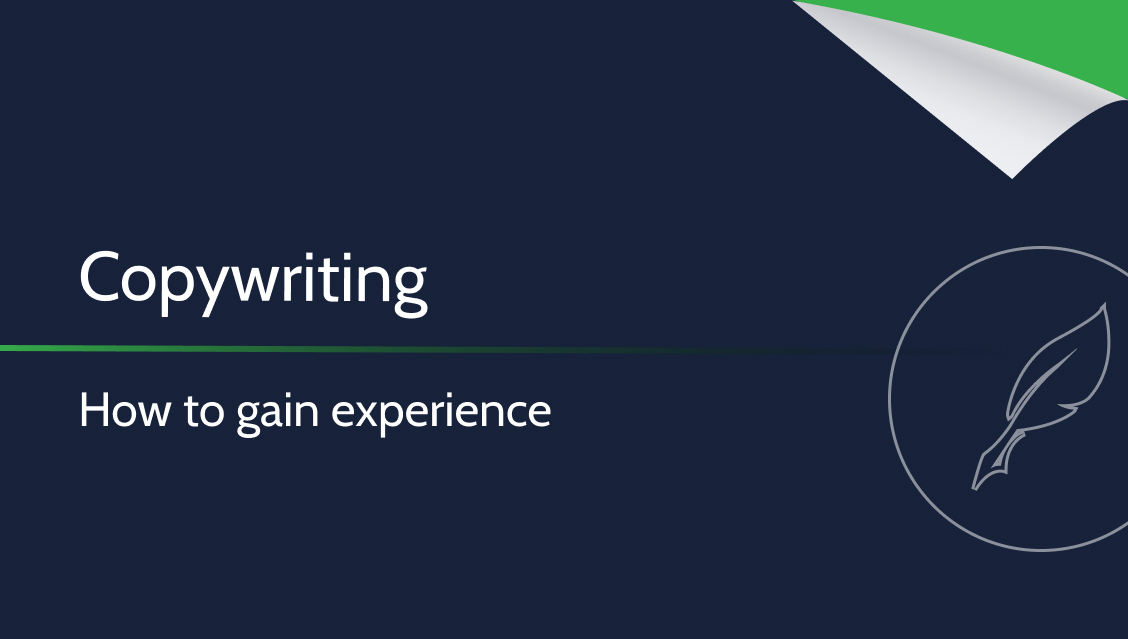

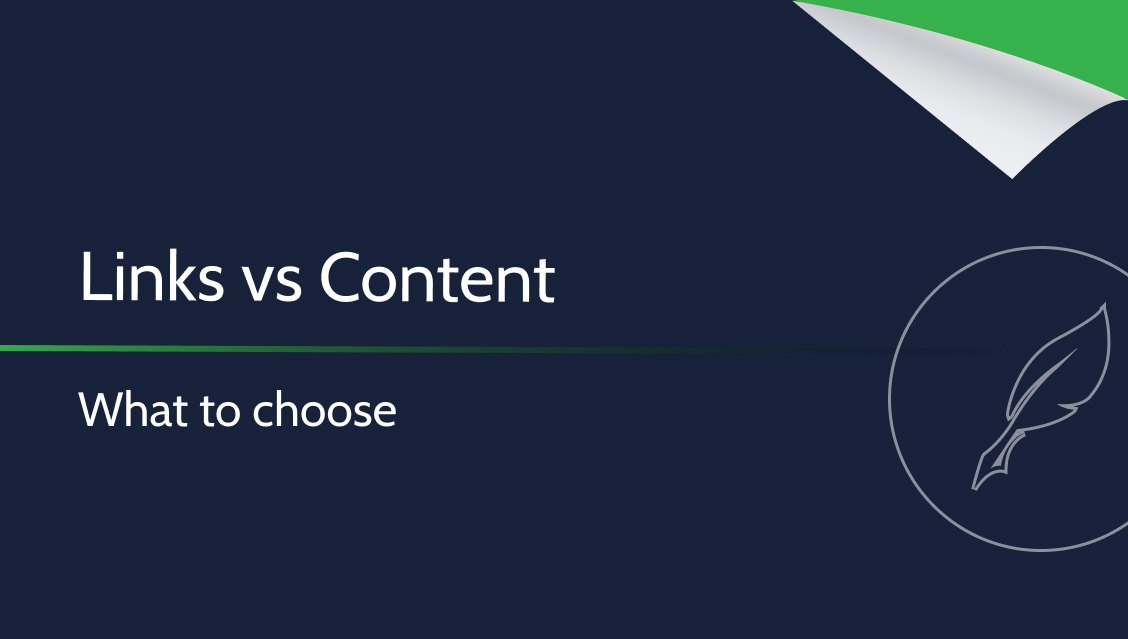



Leave a Reply